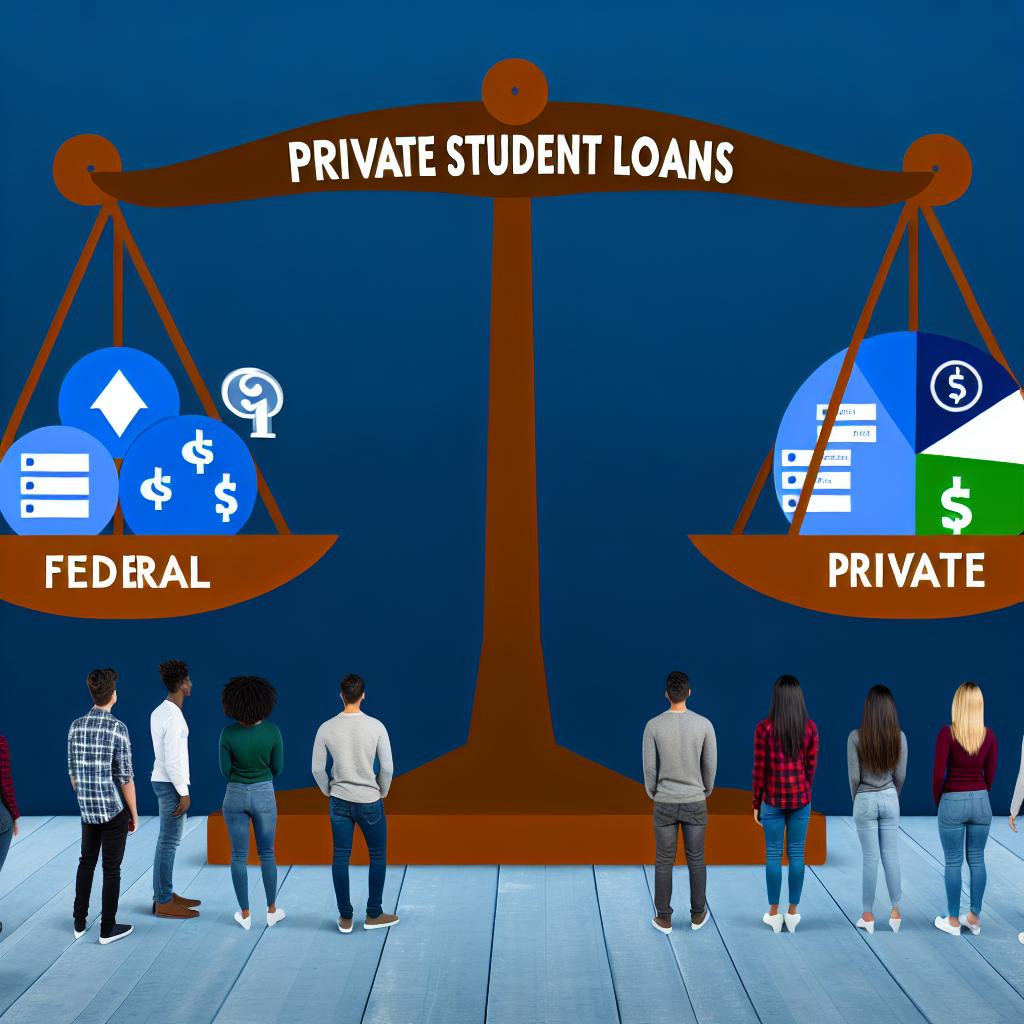Federal Student Loans
Federal student loans serve as a primary source of financial assistance for students pursuing higher education. The government provides these loans, which are characterized by features that aim to ease the financial burden on borrowers throughout the repayment process. One of the key advantages of federal student loans is the relatively low and fixed interest rates, which ensure that borrowers have a predictable repayment schedule, as interest rates do not fluctuate over the period of the loan.
Types of Federal Student Loans
There are several types of federal student loans available to students, each catering to different needs and circumstances.
Direct Subsidized Loans are specifically aimed at undergraduate students who can demonstrate financial need. The unique aspect of these loans is that the government absorbs the cost of accrued interest while the student is in school, during a six-month grace period post-graduation, and during deferment periods.
Direct Unsubsidized Loans can be availed by both undergraduate and graduate students regardless of their financial status. Unlike subsidized loans, interest on these loans begins accruing from the outset and continues through the education period, grace period, and any deferment periods.
Direct PLUS Loans are designed for graduate or professional students and parents of dependent undergraduate students. These loans are contingent on a credit check, making them somewhat more selective compared to other federal loans.
Direct Consolidation Loans allow borrowers to consolidate multiple federal student loans into a single loan. This simplifies the repayment process by offering one monthly payment, which can be particularly beneficial for those dealing with several loans with varying terms.
Repayment Plans
One of the significant benefits of federal student loans is the variety of flexible repayment plans. Among these are income-driven repayment plans that adjust monthly payments based on the borrower’s income and household size. Such plans can help manage payments more effectively and align them with financial capacity. Additionally, federal loans offer deferment and forbearance options, providing temporary relief to borrowers who face unexpected financial challenges or hardships.
Loan Forgiveness
Federal student loan borrowers may also qualify for loan forgiveness programs, one of the prominent ones being the Public Service Loan Forgiveness (PSLF) program. This program is designed to forgive the remaining balance on Direct Loans after the borrower has made 120 qualifying monthly payments under an eligible repayment plan while employed full-time with a qualifying public service employer.
Private Student Loans
Unlike federal student loans, private student loans are offered by private entities including banks, credit unions, and other financial institutions. The terms and conditions of these loans can vary widely depending on the lender and are heavily influenced by the borrower’s creditworthiness.
Interest Rates and Repayment
For private student loans, interest rates are typically higher than those on federal loans and can either be fixed or variable. A fixed interest rate maintains the same rate throughout the life of the loan, offering predictability in payments. In contrast, a variable interest rate can change over time based on market conditions, which might lead to fluctuating monthly payments. Most private loans lack the flexible repayment plans available with federal loans, though certain lenders might offer options such as interest-only payments while the student is still in school or deferment until after graduation.
Co-Signer Requirements
Many private student loans require the involvement of a co-signer who has a robust credit history. Having a co-signer can help borrowers secure more favorable loan terms, including reduced interest rates. However, it is essential to note that co-signers share equal responsibility for repaying the loan, which means missed or late payments could affect their credit ratings.
Considerations
When deliberating between federal and private student loans, it is crucial to comprehend the potential long-term financial implications. Generally, federal loans offer more substantial protections for borrowers during economic downturns. This protection stems from the availability of deferment and forbearance options, along with prospective loan forgiveness opportunities. Conversely, while private loans can help cover financial gaps not addressed by federal loans, they tend to present increased financial risks due to the diversity in terms and conditions set by private lenders.
It becomes essential for prospective borrowers to thoroughly explore all options and consider how different loans align with their financial circumstances and educational aspirations. Seeking advice from financial advisors or consulting government resources can offer further insights into making informed decisions regarding student loans.
